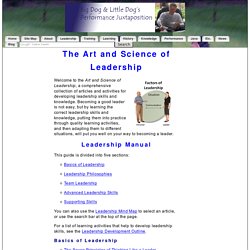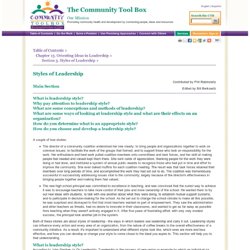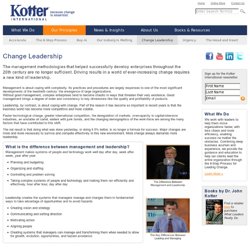

Leading Remote or Virtual Teams – same skills or different? - Just one in a crowd. Feb 14 2013by Jackie Reeves In this age of 24/7 connectivity, what skills are required to lead, motivate and inspire remote teams?

Remote teams, working across different countries, time zones and cultures are becoming the norm in many organisations. Globally, workplaces are enjoying the power and opportunities of being connected virtually through technology. In addition, more & more employees are spending at least some time working from home. So in this age of 24/7 connectivity, what skills are required to lead, motivate and inspire remote teams?
At Just one in a crowd, we believe that difficulties encountered leading teams in a traditional environment can be significantly magnified in remote or virtual situations, for example communication, working together and building trust. As a remote leader, it’s all about building trust from communication to assigning work, how you respond to challenges and problems that will drive a natural interdependence across the remote team. 1. 2. 3. Tom Wujec: Build a tower, build a team. Top 10 Differences Between Managers and Leaders.
Jason Fried: Why work doesn't happen at work. Change Management. Change Management Institute. Neral Electric : Our Company : What is Six Sigma? Recognize The Trend - Then Do The Opposite. Leadership. Welcome to the Art and Science of Leadership, a comprehensive collection of articles and activities for developing leadership skills and knowledge.

Becoming a good leader is not easy, but by learning the correct leadership skills and knowledge, putting them into practice through quality learning activities, and then adapting them to different situations, will put you well on your way to becoming a leader. Leadership Manual This guide is divided into five sections: You can also use the Leadership Mind Map to select an article, or use the search bar at the top of the page. For a list of learning activities that help to develop leadership skills, see the Leadership Development Outline. Leadership and Team Building for Executives, Managers, and Teams. Professor James Arvanitakis and the Leadership Dance. Styles of Leadership. Table of Contents > Chapter 13.

Orienting Ideas in Leadership > Section 3. Styles of Leadership > What is leadership style? Why pay attention to leadership style? What are some conceptions and methods of leadership? What are some ways of looking at leadership style and what are their effects on an organization? How do you determine what is an appropriate style? How do you choose and develop a leadership style? A couple of true stories: The director of a community coalition understood her role clearly: to bring people and organizations together to work on common issues; to facilitate the work of the groups that formed; and to support those who took on responsibility for the work.
The Essential Attributes of Good Leadership. Transformational Leadership: The influence of culture on the leadership behaviours of expatriate managers - RMIT Research Repository. Gary Bradt: Organizational Change and Leadership Expert, Keynote Speaker. What is "CHANGE MANAGEMENT"? Kotter International - Change Leadership.
Management is about coping with complexity.

Its practices and procedures are largely responses to one of the most significant developments of the twentieth century: the emergence of large organizations. Without good management, complex enterprises tend to become chaotic in ways that threaten their very existence. Good management brings a degree of order and consistency to key dimensions like the quality and profitability of products. Leadership, by contrast, is about coping with change. Part of the reason it has become so important in recent years is that the business world has become more competitive and more volatile.
Faster technological change, greater international competition, the deregulation of markets, overcapacity in capital-intensive industries, an unstable oil cartel, raiders with junk bonds, and the changing demographics of the work-force are among the many factors that have contributed to this shift. How do organizations change over time?